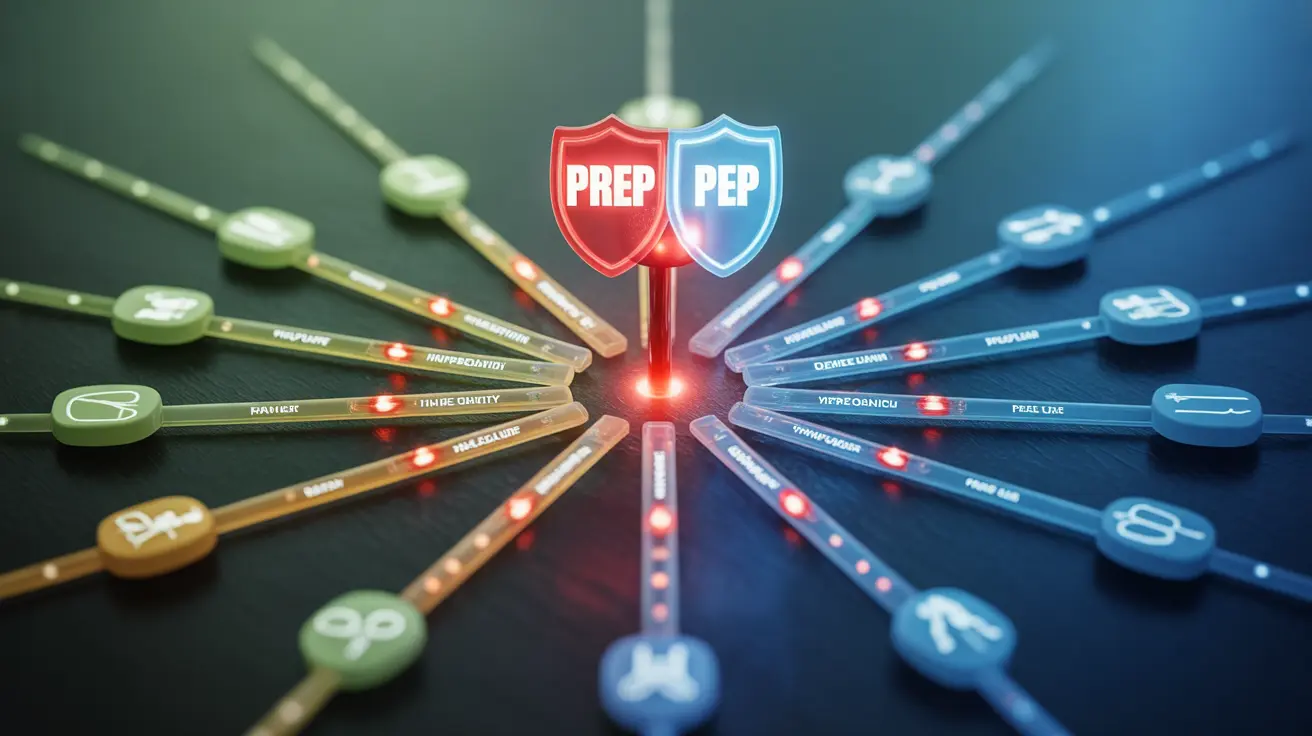Understanding HIV transmission timing and risk factors is crucial for both prevention and taking appropriate action after potential exposure. While HIV transmission can occur from a single exposure, various factors influence the likelihood and speed of transmission. This comprehensive guide explores the key aspects of HIV transmission timing and prevention strategies.
Immediate Transmission Risk and Initial Infection
HIV transmission can occur immediately upon exposure to the virus through specific bodily fluids from an infected person. The virus begins to replicate within hours of entering the body, though it may take several days to weeks before it can be detected through testing. Understanding this timeline is crucial for taking appropriate preventive measures.
Factors Affecting HIV Transmission Risk
Viral Load of the Infected Person
The amount of virus present in an infected person's bodily fluids (viral load) significantly impacts transmission risk. Higher viral loads, especially during acute infection or when not on antiretroviral therapy, increase the likelihood of transmission during a single exposure.
Type of Exposure
Different types of exposure carry varying levels of transmission risk. Direct blood contact and certain sexual activities present higher risks than others. Understanding these risk levels helps inform prevention strategies and post-exposure decisions.
Prevention Strategies and Timing
Post-Exposure Prophylaxis (PEP)
PEP must be started within 72 hours of potential exposure, with greater effectiveness when begun as soon as possible. This medication regimen can significantly reduce transmission risk if taken as prescribed for the full 28-day course.
Pre-Exposure Prophylaxis (PrEP)
PrEP, when taken consistently, can reduce HIV transmission risk by more than 90%. It's particularly important for individuals at ongoing risk of HIV exposure.
Risk Reduction Methods
Several proven methods can significantly reduce HIV transmission risk:
- Consistent and correct condom use
- Regular HIV testing and knowing your status
- Treatment as Prevention (TasP) for HIV-positive individuals
- Avoiding sharing needles or other injection equipment
- Using sterile medical equipment
Frequently Asked Questions
How quickly can HIV be transmitted after a single exposure?
HIV transmission can occur immediately upon exposure to infected bodily fluids. The virus begins replicating within hours, though it may take 2-4 weeks before infection can be detected through testing.
What factors increase or decrease the risk of transmitting HIV during sex?
Key factors include viral load, presence of other STIs, type of sexual activity, use of protection (condoms), and whether partners are using preventive medications like PrEP. Unprotected receptive anal intercourse carries the highest risk.
How soon should I start post-exposure prophylaxis (PEP) after possible HIV exposure?
PEP must be started within 72 hours of potential exposure, but earlier is better. Ideally, begin PEP within the first few hours after exposure for maximum effectiveness.
What types of sexual activity have the highest chance of transmitting HIV per exposure?
Receptive anal intercourse carries the highest risk, followed by receptive vaginal intercourse. Oral sex generally poses a much lower risk, though it's not zero. Using protection significantly reduces these risks.
How effective are prevention methods like condoms, PrEP, and ART in reducing HIV transmission risk?
When used correctly, condoms are about 98% effective in preventing HIV transmission. PrEP reduces risk by more than 90% when taken as prescribed. For HIV-positive individuals, maintaining an undetectable viral load through ART can prevent sexual transmission almost entirely.




